Sailing can be an exciting way to explore the world’s oceans and coastlines. But some areas are more dangerous than others. You’ll want to know about these risky places before planning your next voyage.
The most dangerous sailing spots have tricky weather, pirates, or other hazards that can put you and your boat at risk. Learning about these areas helps you stay safe on the water. Let’s look at some of the most dangerous places to sail in the world.
Post Updated: 30.12.24
1) Cape Horn, Chile
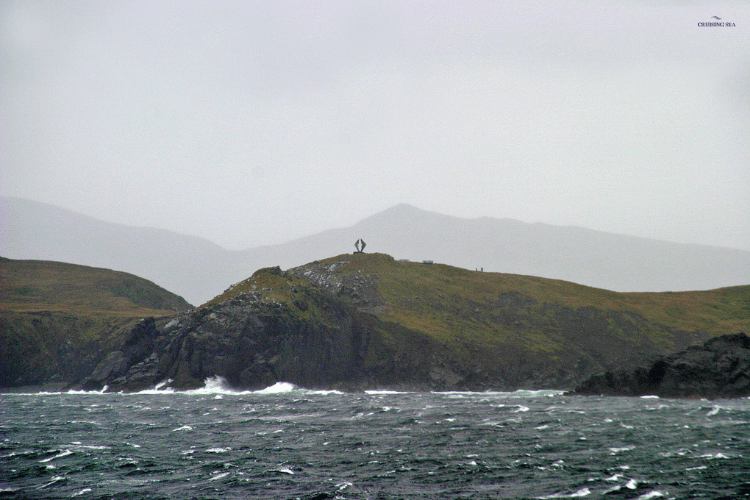
Cape Horn sits at the southern tip of Chile. It’s known as one of the most dangerous sailing routes in the world. You’ll face fierce winds and massive waves here.
The waters around Cape Horn are treacherous. Huge storms can appear suddenly. Waves can reach over 100 feet high. Icebergs drift in these waters too, adding another hazard.
Many sailors consider rounding Cape Horn a major achievement. It’s often compared to climbing Mount Everest in terms of difficulty. You’ll need serious sailing skills to attempt this voyage.
Despite the risks, Cape Horn attracts adventurers. It hosts some of the world’s most prestigious yacht races. These events test sailors to their limits.
If you’re thinking of sailing Cape Horn, prepare well. You’ll need a sturdy boat and lots of experience. The weather can change fast, so be on the look. It’s a wild ride, but one that offers unforgettable thrills for daring sailors.
2) Bay of Biscay, France
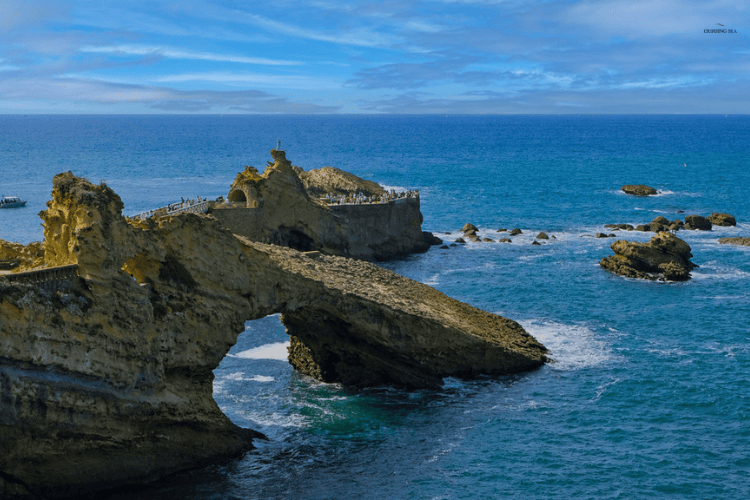
The Bay of Biscay is a stretch of water between France and Spain, which has a bad reputation among sailors and there is a reason why.
The bay is known for its wild weather and huge waves. Storms can appear quickly, catching even experienced sailors off guard. Winds can get really strong, making it hard to control your boat.
Some sailors call it the “Valley of Death” because of how dangerous it can be. The bay’s shape and depth create perfect conditions for massive waves up to 20 feet high.
In winter, things get even worse. The weather turns nastier, and the waves get bigger. You’ll want to avoid sailing here during those months if you can.
Ships have run into trouble in the Bay of Biscay before. In 2016, a cargo ship called Modern Express almost capsized due to heavy winds. The crew had to be rescued by helicopter.
If you’re planning a trip, always check the weather carefully. You’ll need to be ready for quick changes and tough conditions.
3) Cook Strait, New Zealand
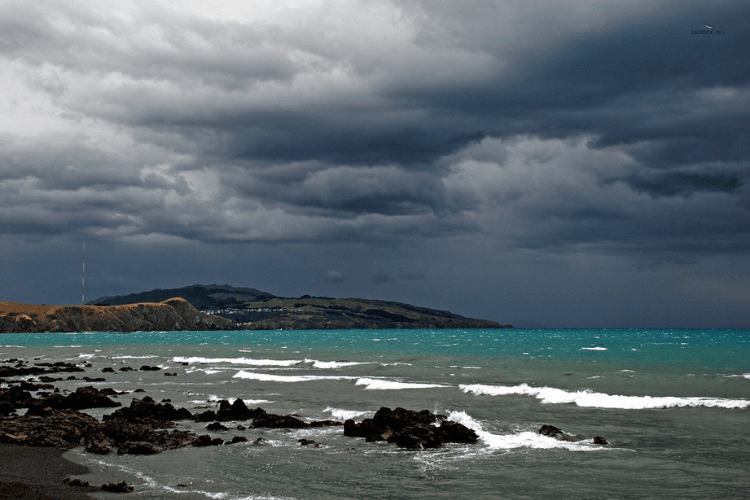
You might want to think twice before sailing through Cook Strait. This narrow passage between New Zealand’s North and South Islands is one of the world’s most dangerous waters.
The strait is only 14 miles wide at its narrowest point. But don’t let its small size fool you. It packs a big punch when it comes to sailing challenges.
Strong currents and unpredictable weather make Cook Strait a tricky place to navigate. The wind can pick up suddenly, turning calm waters into a churning mess.
You’ll need to keep your wits about you if you decide to tackle this strait. Changing weather patterns can catch even experienced sailors off guard.
The strait acts like a natural wind tunnel. High geographic features on both islands funnel the wind, creating a formidable gauntlet for boats.
If you’re planning a sailing trip around New Zealand, you might want to consider alternative routes. The beauty of the country is worth seeing, but Cook Strait’s dangers make it a place many sailors choose to avoid.
4) Gulf of Aden, off Yemen
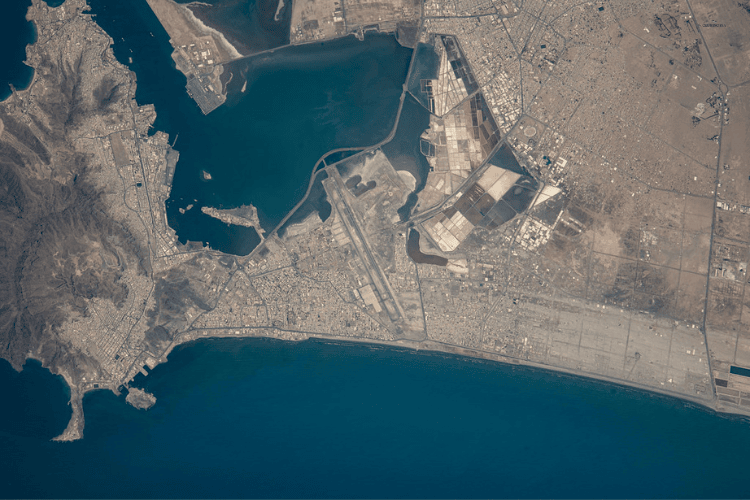
The Gulf of Aden is a tricky spot for sailors. It’s a key waterway that connects the Red Sea to the Arabian Sea, but it’s got a bad reputation, too.
You’ll find this area between Yemen and Somalia. It’s known for pirate attacks and other dangers that make many sailors think twice before passing through.
If you’re planning a trip here, be extra careful. The waters are often patrolled by military ships trying to keep things safe. But that doesn’t mean you can let your guard down.
Some brave sailors still make the journey. They stick close to the Yemeni coast where it’s a bit safer. But even there, you need to stay alert.
Recently, there have been reports of suspicious boats following yachts in these waters. It’s not just pirates you need to watch out for, but also political unrest in the area.
Despite the risks, this route is important for world trade. About 11% of pirate attacks happen in this region. So if you’re sailing here, make sure you’re prepared and informed.
5) Drake Passage, Antarctica
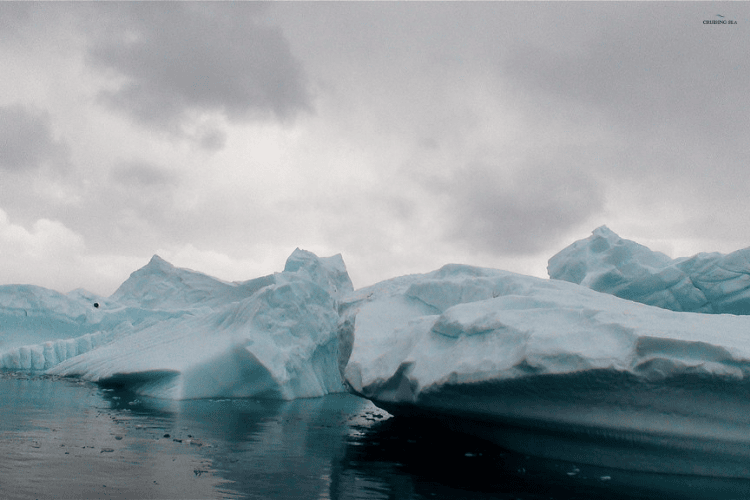
The Drake Passage is also a challenging place to sail. This narrow strip of water between South America and Antarctica is the world’s most terrifying ocean crossing.
Why is it so scary? For starters, it’s got some of the roughest seas you’ll ever see. Waves can reach up to 40 feet high, tossing ships around like toys.
The winds here are no joke either. They can blow non-stop for thousands of miles without hitting land. This means they build up a ton of power before they reach you.
The current in the Drake Passage is incredibly strong too. It’s part of the most powerful ocean current in the world. When it gets squeezed into this narrow area, it speeds up even more.
If you’re thinking about crossing the Drake Passage, be prepared for a wild ride. It’s not called the “Drake Shake” for nothing! But if you make it through, you’ll have quite a story to tell.
6) Mouth of the Amazon, Brazil

The mouth of the Amazon River can be a treacherous place for sailors. You’ll face strong currents and shifting sandbars that can catch you off guard.
The river dumps tons of sediment into the ocean, creating a murky mix of fresh and salt water. This makes it hard to spot hidden dangers beneath the surface.
There are some dangerous animals lurking in these waters. Piranhas, electric eels, and even river dolphins might give you a scare.
The weather can turn on you quickly here. Sudden storms and squalls pop up with little warning. You’ll need to stay on your guard and ready to change course at a moment’s notice.
Local river traffic adds another challenge. Small boats and large ships crisscross the area, increasing the risk of collisions.
While the city of Manaus upriver is relatively safe, be cautious in port areas. Keep an eye on your belongings and stick to well-lit areas at night.
Remember, the Amazon’s mouth is vast and complex. Even experienced sailors can get into trouble here. Plan your route carefully and stay informed about local conditions.
7) Strait of Malacca, Malaysia
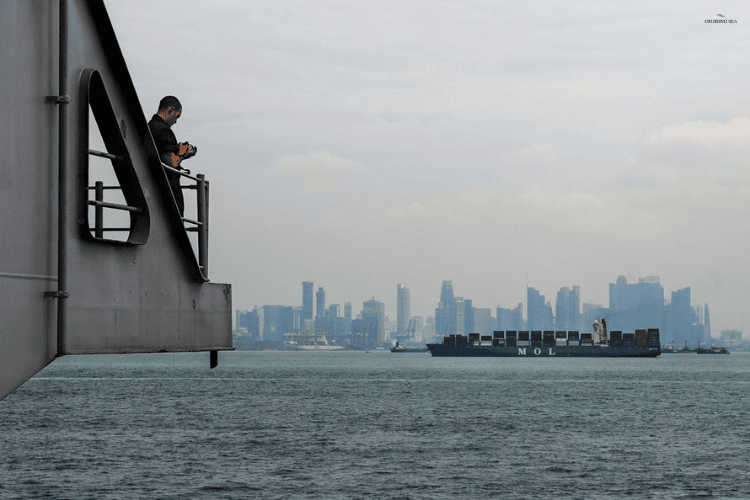
The Strait of Malacca is a narrow waterway between Malaysia and Indonesia. It’s one of the busiest shipping lanes in the world, but it’s also risky for sailors.
You’ll face several dangers when sailing through this strait. Piracy is a big concern here. Pirates often target ships passing through, looking to steal valuable cargo.
The strait is also very crowded. You’ll need to navigate carefully to avoid collisions with other vessels. The heavy traffic makes it challenging, especially for less experienced sailors.
Weather can be tricky in the Strait of Malacca too. Sudden storms can arise, creating rough seas and poor visibility. You’ll need to be very attentive and check weather forecasts often.
The narrow geography of the strait adds to the danger. There are many small islands and shallow areas. If you’re not careful, you could run aground.
Despite these risks, many sailors still pass through the Strait of Malacca. It’s an important route connecting the Indian and Pacific Oceans. Just be prepared and stay vigilant if you decide to sail here.
8) Cape of Good Hope, South Africa
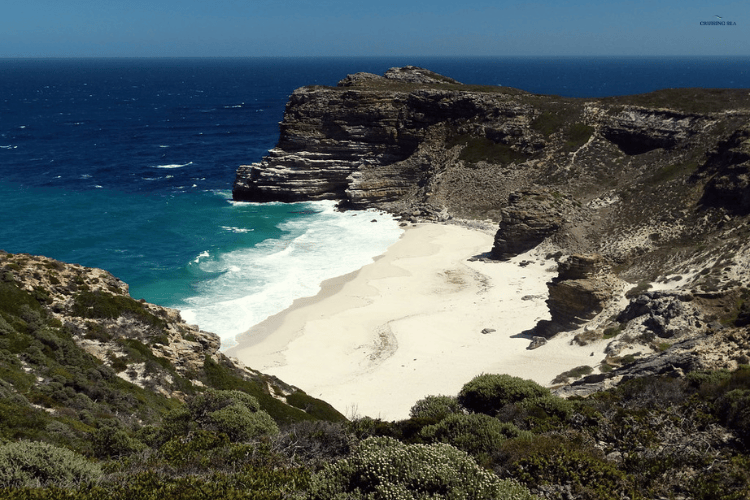
The Cape of Good Hope, at Africa’s southern tip, is also one of the most dangerous sailing routes in the world. You’ll face a perfect storm of challenges here.
This area is where the Atlantic and Indian Oceans meet. The clash of these massive bodies of water creates unpredictable and often violent conditions.
You’ll encounter strong currents that can push your boat off course. Waves over 16 feet high are common, making for a rough ride.
The wind is another major hurdle. It can change direction suddenly, catching you by surprise. You’ll need to be careful and ready to adjust your sails at any moment.
There are lots of Rocks and shallow areas which is also a danger. Navigation becomes tricky, especially in poor visibility. Many ships have met their end on these treacherous shores.
Despite its name, the Cape of Good Hope was originally called the “Cape of Storms”. This gives you an idea of what to expect. If you’re sailing here, prepare for a wild and potentially perilous adventure.
9) North Sea, between the UK and Norway
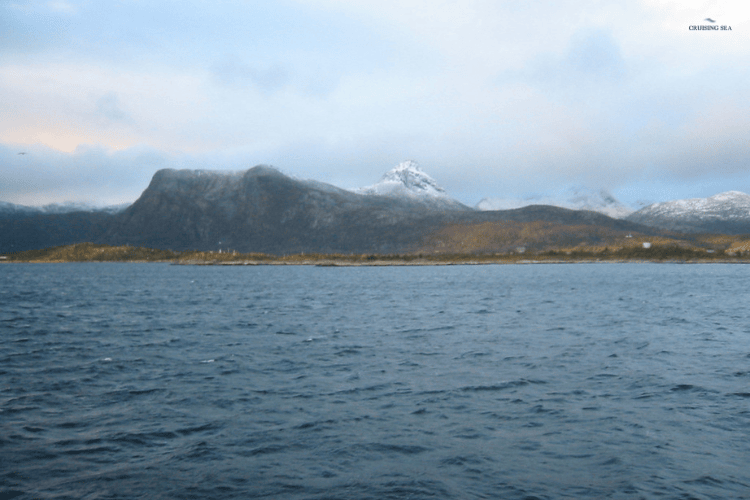
The North Sea is also dangerous. You’ll face wild storms and thick fog, especially in winter. These conditions make sailing tricky and risky.
In the North Sea, you may encounter strong currents and shallow waters, making it challenging. You need to be extra careful when navigating here. The sea can get rough quickly, with big waves that can toss your boat around.
Offshore oil rigs dot the North Sea, creating another hazard for sailors. You’ll need to keep a sharp eye out to avoid collisions.
The area is also busy with shipping traffic. This means you’ll have to pay close attention and watch for large vessels that might not see your smaller boat.
If you’re planning to sail the North Sea, make sure you’re well prepared. Check weather forecasts often and have proper safety gear. It’s not a journey for beginners, so consider bringing an experienced sailor who knows the area if you’re new to these waters.
10) Seychelles, Indian Ocean

The Seychelles may seem like a tropical paradise, but it can be a risky place for sailors. You’ll find these islands in the western Indian Ocean, northeast of Madagascar.
Piracy is a big concern in this area. While attacks have decreased in recent years, you should still be on guard. Pirates from nearby Somalia have been known to target boats in these waters.
The weather can also catch you off guard. During the northwest monsoon season from December to March, strong winds and heavy rains are common. These conditions can make sailing tricky and dangerous.
Coral reefs surround many of the islands. If you’re not careful, your boat could run aground. Accurate charts and careful navigation are a must.
The Indian Ocean is known for its unpredictable currents. These can push you off course if you’re not paying attention. Always keep checking your position.
While the Seychelles are beautiful, don’t rely on this. Plan carefully, stay informed about local conditions, and be prepared for challenges. With the right precautions, you can enjoy exploring this stunning part of the world.
Final Words
These are by far the worst and most dangerous places you can take your sailing adventure to. So, any one place on this list should be avoided at all costs.
But if you feel like you must sail through these areas, be sure you have enough professional security onboard your yacht for areas that are pirate-ridden and an experienced captain for places with extreme weather conditions.
Otherwise, there are innumerable sailing destinations in the Mediterranean, Caribbean, and other parts of the world that you can find attractive to sail in without having to worry much about harsh weather and/or issues of security.
Want More Tips?
Sign up for Cruising Sea newsletter to receive every two weeks the latest post straight to your inbox!

Daniella has been passionate about travel, the sea, and nature for many years. As a child, she frequently traveled throughout the Mediterranean and continued with her journeys throughout her adult life.
Her experiences have created the desire within her to share her love for traveling with other passionate and adventurers who want to discover beautiful horizons and new cultures.

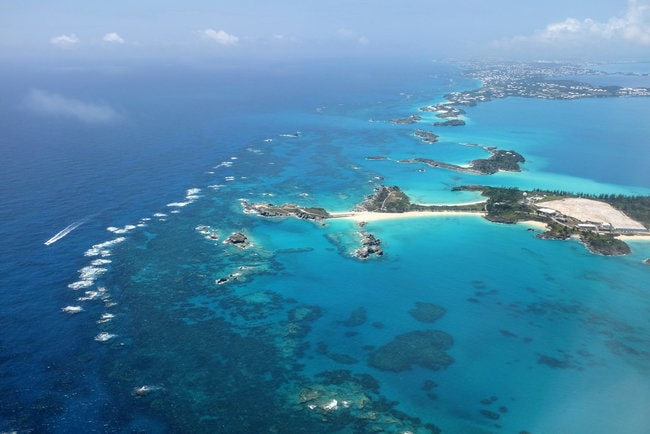
These are definitely places to stay away from when sailing! Some of them are very beautiful, but I would rather play it safe. I’m just curious about the Straits of Malaaca. Can you go to the island for vacation? Are there hotels there? Looks absolutely stunning! A place I could see myself wanting to vacation to.
Hi Matt’s
It looks stunning, but I wouldn’t suggest you sail there:)
There are hotels and restaurant near straits of Malaca and beautiful ones:) You can go on vacation, but stay on land:)
Thank you for the comment and wish you a lovely day!
This is really helpful advice for sailors, and I really hope that anyone contemplating a sailing trip will take heed of what you say.
We hear from time to time about private sailing cruisers having severe problems when they have unfortunately come across pirates who prey in certain areas, and your article is much needed in order to help people to avoid those areas.
Thank you so much for this extremely helpful information
Chrissie 🙂
Hi Chrissie,
Yes, I hope for them too, but people usually check well the places before they go on a sailing trip. Also, yacht charter companies don’t allow sailing to certain places.
Thank you for the comment and wish you a lovely day!
Most of these places have become dangerous because of presence of pirates. Personally, I would like to sail around the Bermuda triangle, because I have heard a lot about it. I even heard that any airplane or ship that sails over it gets sucked in. My dad use to say it was the gate to Atlantis, now I know that’s fables for kid.
These other “dangerous” areas you mentioned, why are their government doing nothing to curb the excesses of these pirates? Makes a lot of adventurers miss the opportunity to sail along new coasts.
Hi Louis,
As I mentioned in the precedent comment, money resolves lots of problems:) This is my personal opinion.
Thank you for the comment and wish you a great day!
I have heard about the Bermuda Triangle since I was a kid. I have searched online for factual information about the mysterious happening, but most of what I read seems more like fiction than facts. From what you pointed out, I can deduce that fierce tropical storms in the area may be responsible for most of the unexplained disappearances. Thanks for the heads-up, I have no plan to visit the area either now or in the future. Other than the Gulf of Guinea, I am not conversant with the other areas you mentioned. Pirate activity has a long history in the region. It is only now gaining much public attention because they are now targeting vessels used for conveying crude oil. Since this is a very important trade route, do you think the governments of the coastal countries are taking sufficient steps to place the region under security surveillance?
Hi there,
I wouldn’t pass through Bermuda either:)
The government will always try to do something to keep their region safe, but the question is, are they able to do it? Some of the countries stated on the list are poor, so crimes and robberies increase. Any government would need money to provide security and if there isn’t, then it will be difficult to eliminate crimes and pirates.
Thank you for the comment and wish you to sail to safer destinations!
I am the kind of person who likes to keep my feet on solid land. But recently I have been developing a desire to go on a cruise. I sincerely hope none of the cruise companies sail past any of these locations Daniella? But the very first area you mentioned says the cruises are not speared! Cape Horn sounds exciting for experienced sailors. What cruise company and cruise journey would you recommend?
Hi Juliet,
You can be reassured, charter companies don’t sail there, it’s too dangerous, and no companies would put their clients in dangers, neither their boats:) Cape Horn is more for yacht races, there is a difference between chartering and racing. Chartering is a type of relaxing vacation and racing is an endurance sport.
If you want to charter a boat to safer destinations like Croatia, Greece, Bahamas etc. I would recommend you check these yacht charter company reviews. I am sure you’ll find the right company for your next sailing holidays:).
Please, don’t hesitate to contact me with any question, I’ll be more than happy to help.
Thank you for the comment and wish you a lovely day.
Hi I’m new to this I’ve always wanted to sail from Vancouver Canada to Cebu Philippines what passage would you recommend me to take and what plan could you describe for me it’s been my dream to try this.
Hi Eddie,
Sorry for the late reply, I had a minor issue.
Sorry, I’ve never done this route, so, unfortunately, I am not able to help. But I would suggest you a great book that you can find on Amazon. It’s called “World Cruising Route” by Jimmy Cornel.
I hope this helped a little:)
Let me know if you need more info. I’ll be more than happy to assist.
Thank you for the comment and I wish you a lovely day.